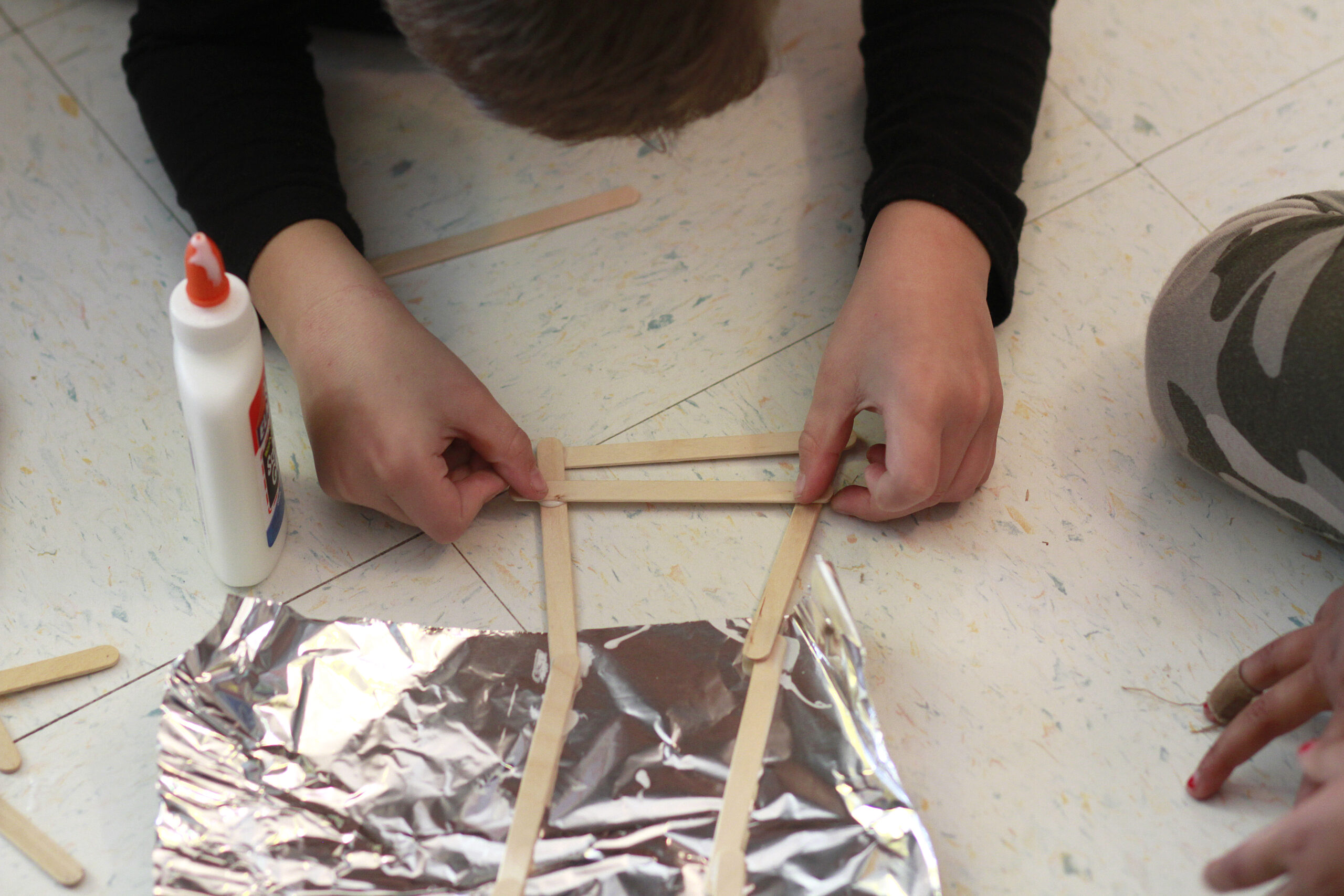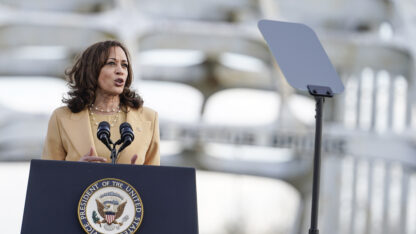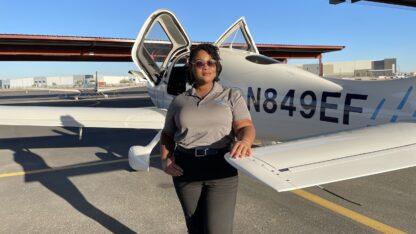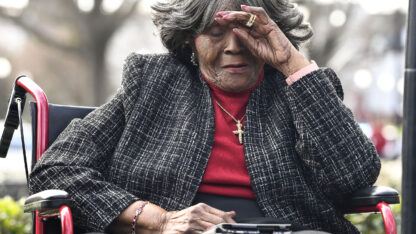On a Monday afternoon on the week before Thanksgiving, kindergarten students in Kim Morris’ class at Manning Oaks Elementary in Alpharetta are trying to construct small replicas of the Mayflower.
They’re working in groups with materials like pipe cleaners, Popsicle sticks, aluminum foil and tissue paper.
They can’t just throw it all together; the ship has to float and be able to carry “pilgrims,” also known as pennies.
On a Monday afternoon on the week before Thanksgiving, kindergarten students in Kim Morris’ class at Manning Oaks Elementary in Alpharetta are trying to construct small replicas of the Mayflower.
They’re working in groups with materials like pipe cleaners, Popsicle sticks, aluminum foil and tissue paper.
They can’t just throw it all together; the ship has to float and be able to carry “pilgrims,” also known as pennies.
This is what’s known as a science, technology, engineering and math (STEM) activity. Teachers often use STEM lessons to encourage students to problem-solve.
Morris’ 5-year-olds have to figure out how to distribute the weight of their ships so they stand upright. It’s not as easy as it may seem. Some children catch on right away. Others take more time.
“They have to plan,” Morris said. “They have to think about, ‘OK, how can I use a Popsicle stick?’ So, it’s really great to see their imaginations come out. It’s a well-rounded activity for them.”
Beginning With Basics
Before setting the children loose, Morris showed them a picture of what the Mayflower probably looked like and asked them to describe it. She had them study the ship’s hull, its masts and sails to get an idea of what they’d be making.
She also reviewed some Thanksgiving basics.
“Who can tell me one fact you remember about Thanksgiving?” Morris asked. “The Pilgrims,” an eager student replies.
“Who are the Pilgrims?” Morris follows up.
“The people who sailed on the Mayflower,” she says.
A lot of Morris’ students are from immigrant families and can relate to coming to a new place. In fact, Morris says when teaching about Christopher Columbus, who called the Native Americans “Indians,” some of her kids made a connection.
“We have a lot of [children] who [said], ‘I’m from India!’” she says.
Many of Morris’ students aren’t familiar with Thanksgiving because they don’t celebrate it at home. Some of them are learning about it for the first time in her class.
When Morris asks her students for more facts about Thanksgiving, one student responds, “The Natives.”
“Who are the Natives?” Morris asks.
“They taught [the Pilgrims] how to hunt,” the child replies.
This is age-appropriate, according to Jace Weaver, the director of the Institute of Native American Studies at the University of Georgia. Weaver says the relationship between the Native Americans and Pilgrims was complex and political.
Of course, that’s a lot to explain to 5-year-olds. But Weaver says teachers can still present the truth, the way Morris did with her children.
“You can introduce [Native Americans] as successful in helping the Pilgrims,” Weaver said. “I always tell my students at the college level that there were 20-pound lobsters washing up on the beach while the Pilgrims starved until the Wampanoag taught them how to eat them.”
Teaching Truthfully
Although some schools, districts and teachers have made efforts to correct some of the inaccuracies around Thanksgiving, Weaver says classrooms haven’t made enough progress.
“I have checked with a number of colleagues over time, who both get asked to speak in public schools and who have children in K-12,” Weaver said. “They still report [teachers] dividing students up into Indians and Pilgrims, having the Indians give themselves Indian names, which, of course, are terribly romantic usually or inappropriate.”
Weaver says too many teachers still teach what he calls the “foundational myth” of Thanksgiving.
“The Pilgrims came, the Indians welcome them and help them through that first year and then celebrated with them at the first Thanksgiving,” he says.
State and local academic standards aren’t usually very specific about how to teach Thanksgiving.
The Fulton County School System’s standards, for example, follow the state’s. Regarding kindergarten social studies standards, the district’s curriculum handbook says, “The focus of the kindergarten program is on the introduction to United States history through the study of important American holidays and symbols and includes a unit on ‘where we live’ within the United States.” Children are supposed to observe Thanksgiving Day, according to the handbook.
Weaver recommends teachers use a curriculum published by the National Museum of the Native American Indian.
However, some believe efforts to present a more accurate version of events and people have resulted in unfairly vilifying the United States.
Jace Weaver is aware of this perspective. As a result, he doesn’t point fingers when teaching about the past.
“Guilt and anger are not very effective pedagogically,” he said. “Students will listen to you for so long. If that is your stock in trade, then they will shut you down.”
Weaver says he gives context to historical events, like Native American removal in Georgia, by explaining how political systems worked at the time.
He says although there have been some efforts to broaden and change curricula to represent Native Americans more accurately, generally, there’s still a long way to go.









